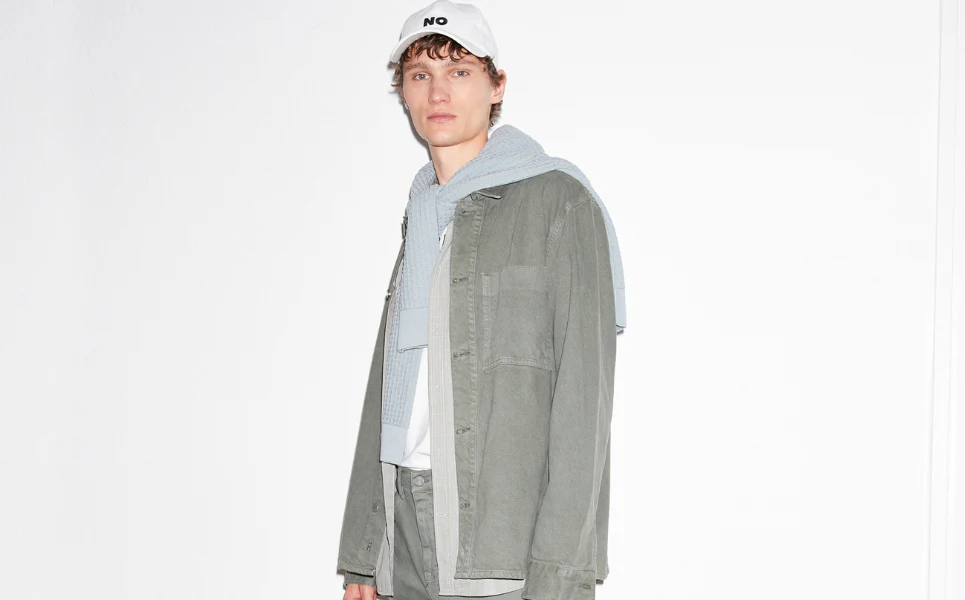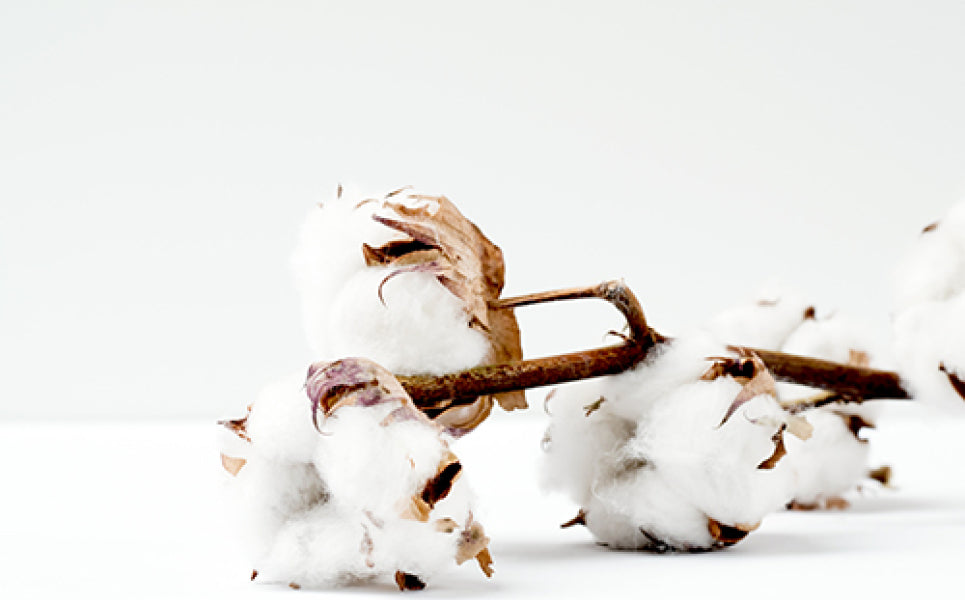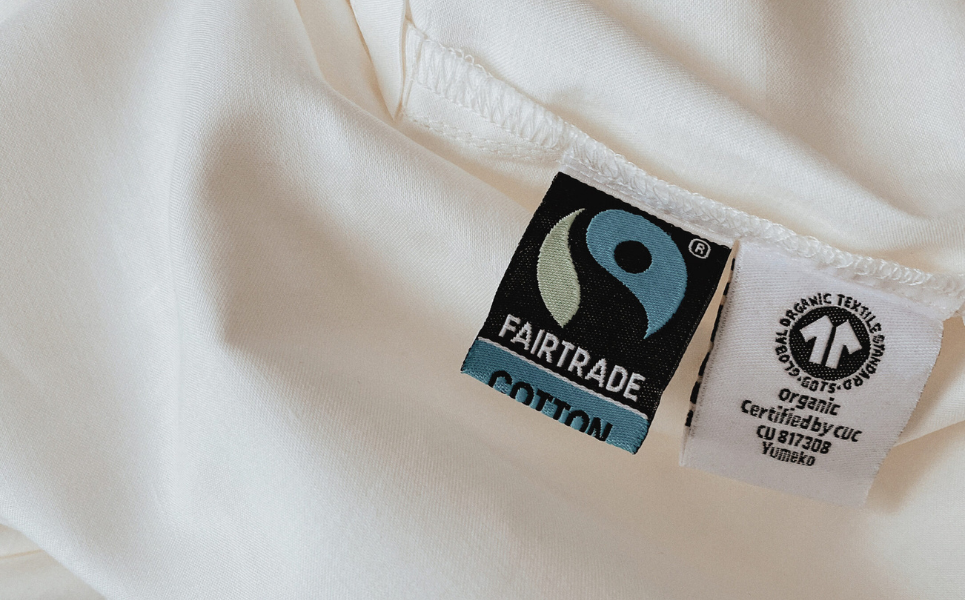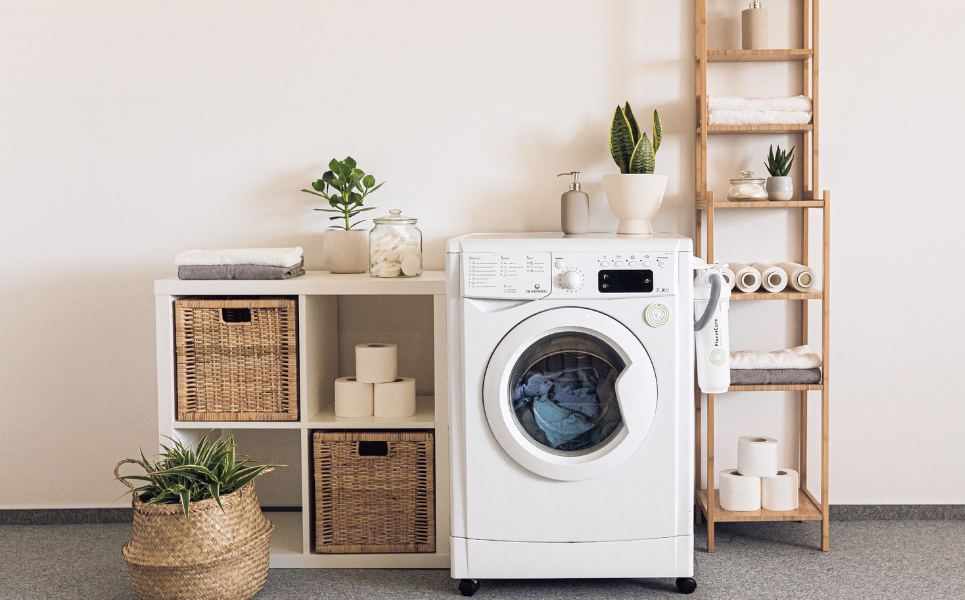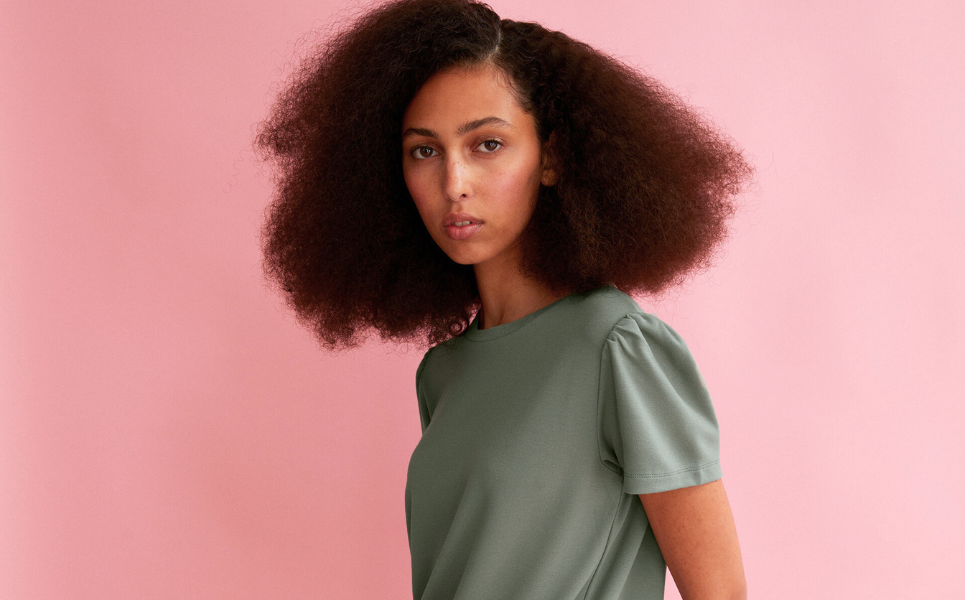Maybe you are already familiar with Fast fashion & Slow fashion. Or you don't actually know much about this yet. At Sophie Stone, we are working on sustainable fashion all day long. Over the years, we have gained a lot of knowledge on the subject. We are also aware that you may not know much about it yet. And that is not at all surprising. We are therefore happy to share our knowledge with you. We want to make you more aware of the beautiful and less beautiful sides of the fashion industry. In this blog, we would like to teach you more about the polluting fast fashion industry and why we do not want to cooperate. And you also have a choice. Together we can make a difference by choosing slow fashion.

What's so bad about Fast Fashion?
By Fast Fashion we mean clothing that is produced in a very short time, and sold at a (too) low price. Due to the short production time, Fast Fashion brands can easily respond to the very latest trends in order to keep constantly enticing consumers to buy new clothes. The clothes can be sold so cheaply because of the extremely low production costs, often in low-wage countries. All employees throughout the production chain are underpaid. In addition, they often work with dangerous chemicals or in factories that are usually not even safe. Instead of two to four collections a year, some Fast Fashion brands have a new collection every week. Absurd we think. In total, more than a hundred billion new garments are produced every year. A third of that ends up not even being sold; it is never worn and ends up being shredded or burned. As a result, clothing has become a disposable commodity. So most clothing is produced by a hugely polluting system and then not even sold. Strange isn't it? Fast Fashion is therefore named the second most polluting industry after the oil industry. Furthermore, textiles also account for 10% of global CO2 emissions. And making a T-shirt requires just as much water to provide someone with clean drinking water for 900 days. Water used in the fast fashion clothing industry is full of dangerous chemicals and dyes which then end up in rivers.
Fortunately, there is a counterpart to Fast Fashion that does take people, animals and the environment into account as much as possible. This is Slow Fashion, also called sustainable fashion. Here everyone in the entire production chain is paid fairly. So you also pay the fair price for the final product. The price difference between a fast fashion and slow fashion garment is not the only big difference. Sustainable clothing also does not use harmful substances. In addition, green fashion brands always use organic, recycled or innovative fabrics and materials.
Greenwashing
Sustainability is becoming an increasingly important topic, and consumers are becoming more conscious of it. Which we think is great! But the big Fast Fashion brands see this too, and they are only too happy to respond. Almost every major brand has a 'sustainable' clothing line in their collection. They also make more and more use of organic and recycled materials. Even Primark claims to be sustainable with their statement, "Primark Cares. Through this, they try to convince customers to keep shopping at Primark without guilt. The story may sound nice at first, but it is not true in any way. They say they are becoming more sustainable, but do not have to change their prices. Primark may say this because a small part of their collection is "slightly" more sustainable than the rest of their collection. For example, by using organic cotton or recycled polyester. Which is a nice step in the right direction, but it does not outweigh the huge mass productions that the fashion chain continues to do in addition. Also, using organic fabrics still says nothing about how the product is otherwise made. People throughout the production process are still underpaid, work in unsafe factories, and the carbon footprint is huge. Also, Primark still encourages overconsumption by posting tweets like this one, among other things:

But all this is something that of course is not mentioned with the Primark t-shirt made of recycled cotton. Because brands like Primark are already so big, there is a lot of money available for marketing. In greenwash marketing, they focus on photography in nature with lots of green and white. In this way they again make it seem that they are doing good, and care about nature. But the above practices show that they are not.

How do you know what is good and bad?
Greenwashing is making it increasingly difficult for you to figure out which clothing brand is truly sustainable, and which is just pretending to be sustainable. Only by doing really good research on exactly where your garment comes from can you determine if it is sustainable or not. At Sophie Stone, we have already done all this work for you and only sell sustainable Slow Fashion items. We source our collections by looking critically at the brands and doing proper research before starting a new brand. What we look for while shopping and what you can look out for:
- Good on You / Fairify
These are websites that can help you review a brand. Most major brands have been rated by them. Good on You rates a brand on: People, planet & animals. Then they get a score from 1 to 5 where 5 is the best. Fairify works about the same but there a brand gets a score from A to E, where A is the best.
- Certifications
Labels are a great way to see how a brand is judged. For example, a brand can get hallmarks for the materials they use, or specifically for the working conditions in the studios. Hallmarks often do cost a lot of money for a brand, so smaller brands sometimes cannot afford this or prefer to spend their money elsewhere. So no hallmark does not mean a brand is not doing a good job, but it is a great way to judge larger brands.
- Price
More expensive products are not sustainable by default, but very cheap products are often unsustainable. If everyone in the entire production chain is paid fairly, there is little chance that a T-shirt can be made for €9.95. So you can partly tell from the price whether the product can be sustainable or not. Does the product have a fair price? Then you can then judge it on the other points to see if the item is actually made sustainably.
- Materials
Most sustainable brands use organic or recycled materials. They usually choose materials like: organic cotton, organic wool, recycled polyester, recycled cotton or innovative materials like Tencel™, Ecovero™, hemp or vegan leather. Does a brand make extensive use of synthetic materials such as: polyester, acrylic, viscose, nylon or other synthetic materials? Then chances are it is not really sustainable. In addition to material use, always look at the rest of the production process. Just using organic cotton does not mean that the brand is really sustainable.
- Transparency
The more sustainable a company is, the more transparent it often is. If a company has nothing to hide and is proud of its sustainable approach, it often shows this to the outside world. Larger sustainable companies often publish a kind of "sustainability report" every year. In it they describe the steps they have taken that year in the area of sustainability and the goals they have for the coming year. Also, sustainable brands often have a lot of information on their website regarding sustainability. This is usually extensive information about the studios where the clothing is produced and the working conditions. Also look for brands that come with clear figures. This way you can be sure that a company has really delivered what it promised.

Together we make a difference
The more people become aware of the polluting fashion industry, the more can be changed. Because if fewer people choose Fast Fashion, it will also need to be made less. Therefore, now is the time for change. Like Sophie Stone, choose no more Fast Fashion, but invest in sustainable timeless items. With Slow Fashion you do pay the fair price, which is also reflected on the price tag. Compared to the extremely low Fast Fashion prices we are used to, Slow Fashion can seem more expensive. If you then consider that this is the fair price and that you can do much longer with your items, it is definitely worth it. Don't you agree?



